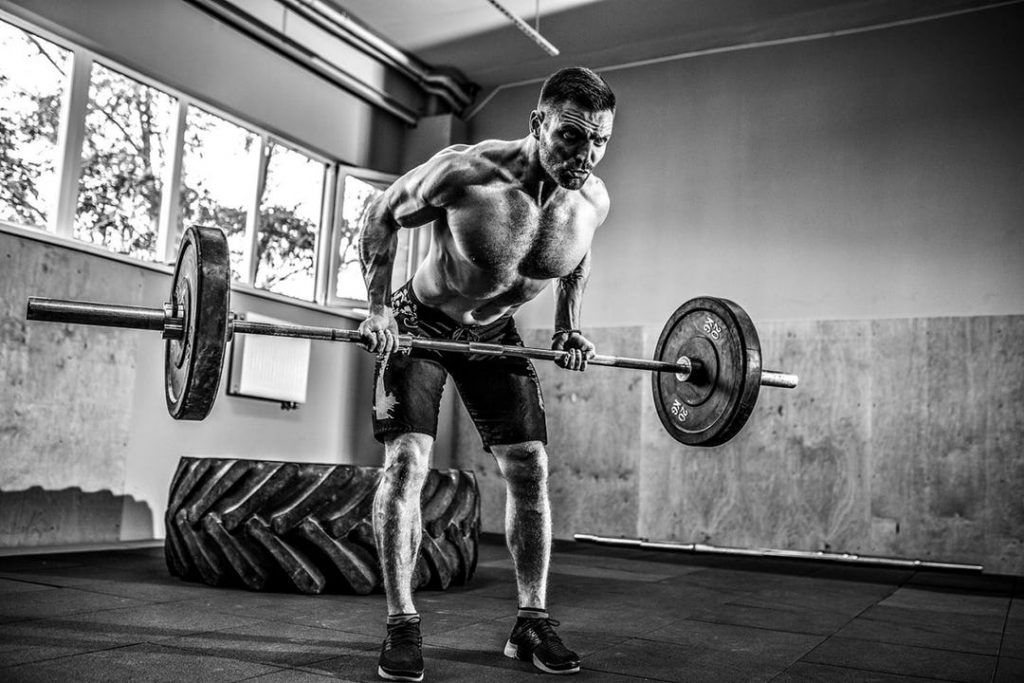When you first decide to build muscle it’s important to have a firm grasp on the weight lifting basics. Effective weight lifting to build muscle requires a basic understanding of how lifting weights, proper nutrition and sufficient rest work together to create the metabolic state needed to add lean muscle mass and get stronger.
Weight Lifting Basics: Physiology
To understand how your muscles work and what it takes to build muscle you need to know, in general terms, what the muscle is made of.
Think of a tube or sheath filled with a liquid that has cables running through it. In each muscle, that fluid is sarcoplasm – a mix of water and other elements including the glycogen your muscles need for energy and the amino acids to repair damages to the muscle itself.
The ‘cables’ running through it are your myofibrils – collections of thousands of protein chains that contract as the muscle moves.
While the two work synergistically, doing higher repetitions with a medium weight does more to build the amount of sarcoplasm, resulting in bigger muscles with less strength gain.
Lifting heavier weights for fewer repetitions causes growth in the myofibril sections, giving you better strength gains with (usually) smaller muscle growth. If your main goal is to get stronger you’ll focus more on how much weight you can lift with proper form for 6 or fewer repetitions per set, while you’d be using a more moderate weight so you can complete sets of 12 – 15 repetitions if your main focus is to build muscle size.
If you want to do both, you’ll either need to rotate back and forth between the two workout styles or use reps schemes in the 8-10 reps per set range.
When you lift weights using either style, you’re creating micro-tears in the muscle. Your body will repair these tears and make the muscle a little bigger and stronger in case it meets that same stress again.
If you’re not increasing the amount of weight you lift over time, there’s no need for the body to keep making the muscle bigger and stronger, so your gains plateau.
This is why weight lifting is also referred to as progressive resistance. You have to be continually working the muscles a bit harder than before to see continuing gains in muscle mass and to keep getting stronger.
For weight lifting purposes there are 7 major muscle areas – legs, back, chest, shoulders, triceps, biceps and abdominals (abs).
Each area can be broken down further as you progress with your exercises, but when first starting out just make sure your routines include exercising all 7 areas.
Weight Lifting Basics: Proper Nutrition
In order to repair the damages from working out your body needs sufficient carbohydrates and proteins along with some essential fats. Carbohydrates contain the sugars that are converted to glycogen and are the most necessary pre-workout for the energy to exercise at your peak levels and post-workout to replace the glycogen levels you depleted while working out.
Protein is necessary for the repairs and improvements to your muscles and must be made available throughout the recuperation process.
Since it can take from 48 hours to a week for this process, depending on your conditioning and the amount of work performed in the gym, boosting your daily protein intake every day is necessary compared to someone who isn’t lifting weights.
There is an optimum-uptake window for your nutrients that lasts about 60-90 minutes after each weightlifting session, so be sure to get an abundance of both carbs and protein as soon as you can right after each workout.
Unlike protein, however, you do not need to keep your carbohydrate intake higher on the days between gym visits – overindulging in carbs on your off days usually leads to a layer of fat hiding all your new shiny muscles.



